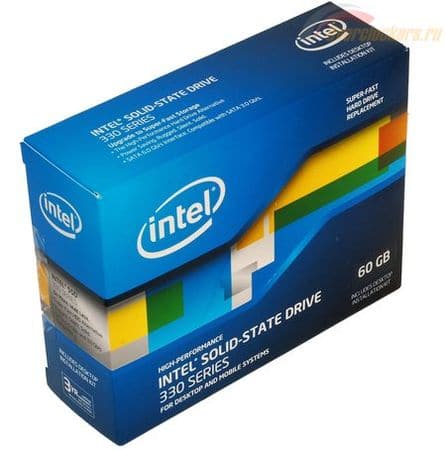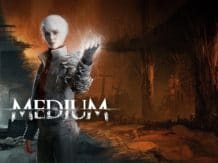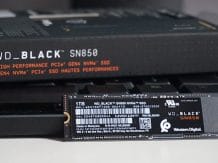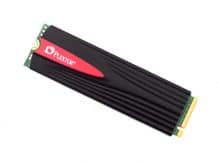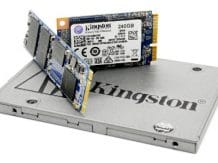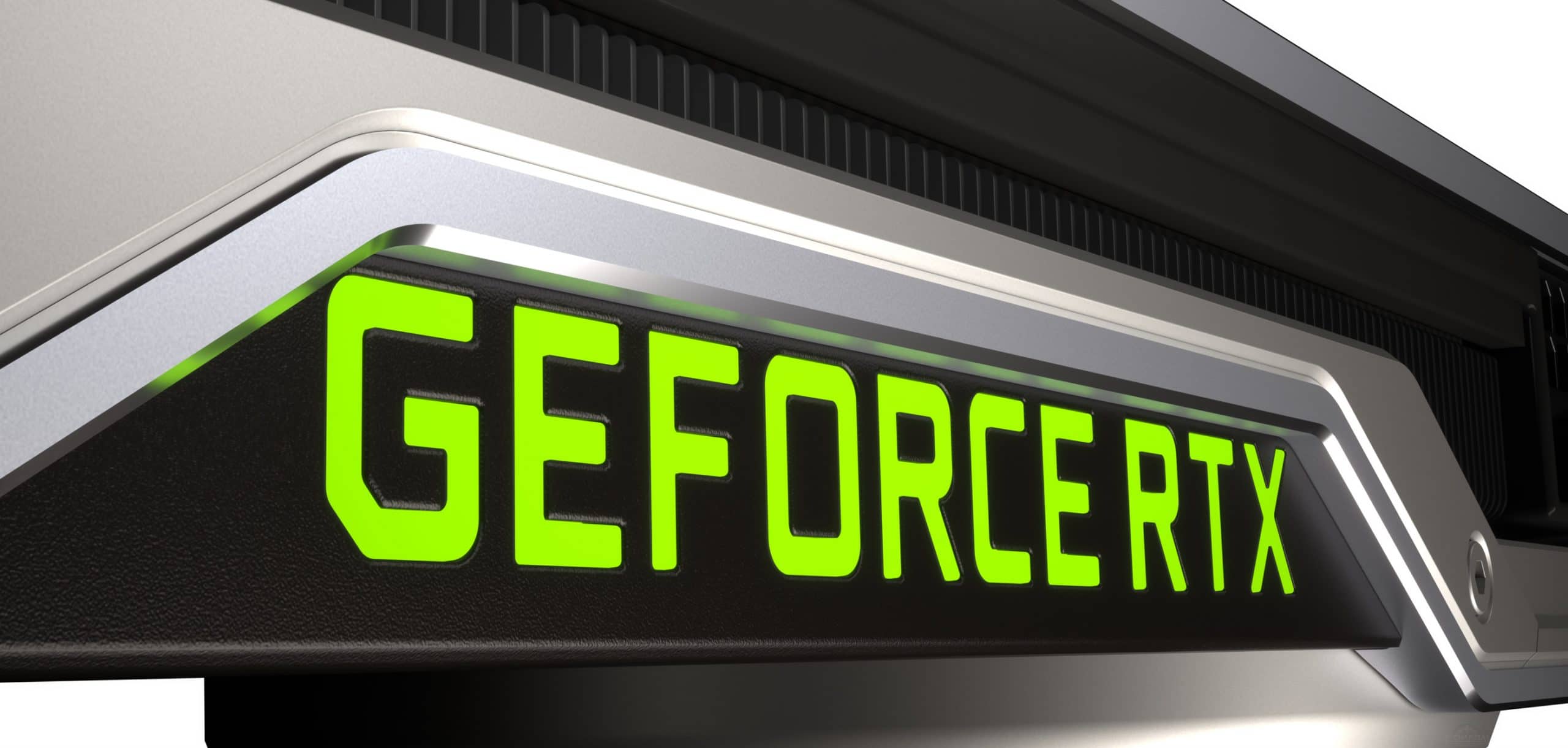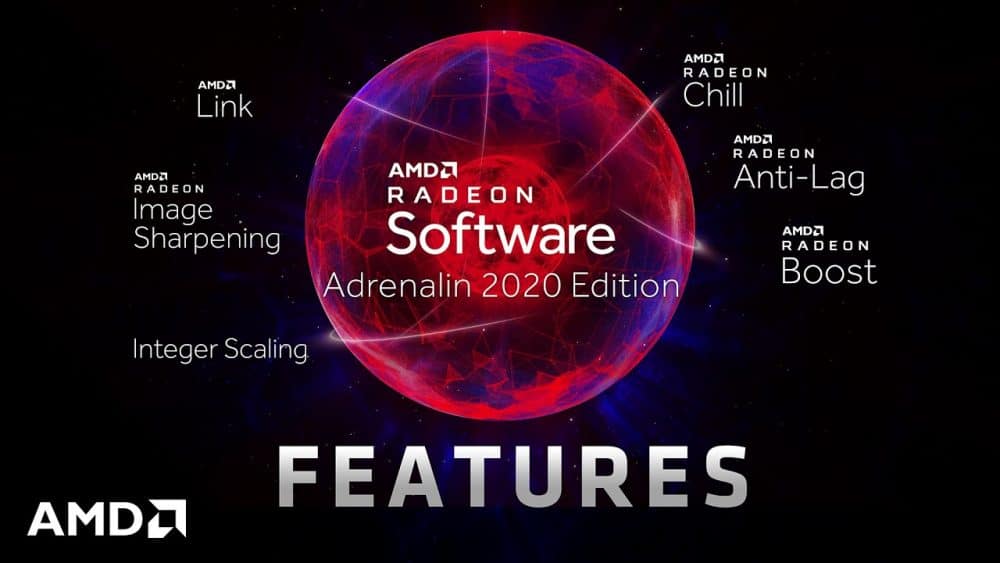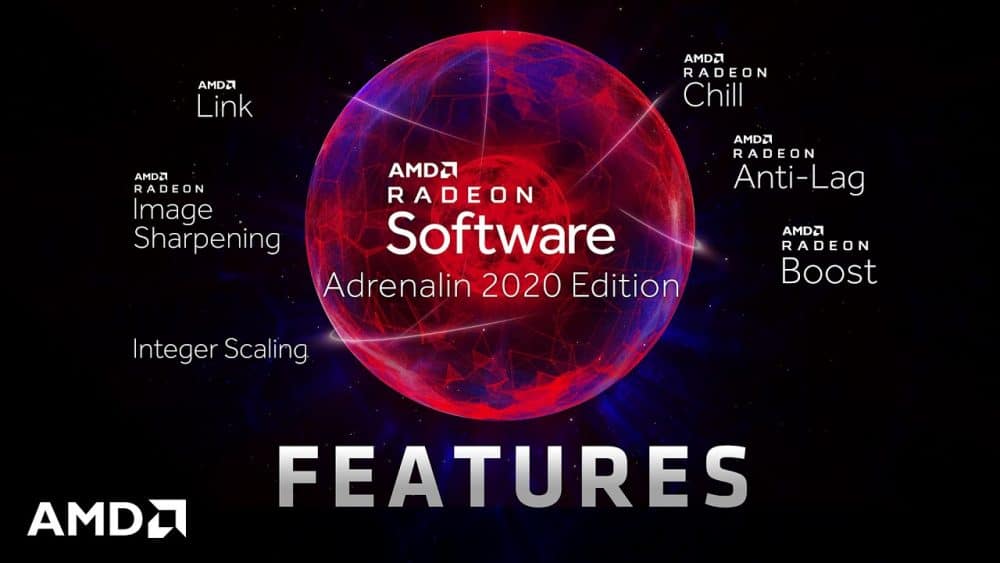Cheap and expensive. Is there a difference? We are testing four models of SSD 60-64 GB SmartBuy, Transcend, Intel
– Today will will take a look at the Specs, Hashrate, CPU performance and also a testing of this SSD Drive. We will go into more details as it regards to the testing in the article below.
Small Standard Foreword
The solid state flash storage (SSD) market is under pressure from price competition. As a result, companies are forced to constantly seek ways to reduce production costs.
Manufacturers of the first echelon and “close” ones with special contracts (Crucial-Micron, Intel, LiteON, Plextor, Samsung, SanDisk, Toshiba, Transcend, etc.), as a rule, more or less comply with the original specifications of the released model, maneuvering in pricing policy due to a higher margin, as well as the scale of production. Although they can also present surprises.
Companies that order finished products from ODM / OEM-manufacturers with their own brands (ADATA, PQI, PNY, Silicon Power, SmartBuy, etc.) are often deprived of this opportunity. Therefore, they apply a policy of making the price cheaper by choosing cheap hardware configurations (non-original flash memory, asynchronous flash memory instead of synchronous one, simplified controller, etc.). In this case, the formal name of the model of this or that drive during its hardware “modernization” most often remains the same.
Therefore, when reading the review, you should also check the availability of newer materials on this model (not necessarily of the same volume) in the corresponding section of articles – as far as possible, we try to track changes in hardware platforms. There is a separate section on drives on Phison controllers – there is a special conversation about this developer (for example, GoodRAM C100, SmartBuy Ignition 2 and Silicon Power V55 / S55 were at one time the same drive, just with different labels and packaging).
And an overview of a particular drive at a certain moment turns into a historical reference for advanced readers and those who, by the will of fate, became the owner of the old configuration, which is often no less valuable than a reflection of the current state of affairs in the solid-state drive market. This is normal in view of the rapid growth and development of the latter.
announcements and advertisements
-14000р на RTX 3060 ASUS Dual
RTX 3060 MSI Gaming – a drain for a penny
RTX 3070 cheapest and all at Compeo.ru
-15000р на RTX 3060 MSI Ventus
Prices for video cards went down steeply
-14000р на RTX 3060 Gigabyte Eagle
Another top vidyaha with a mega discount
RTX 3060 – prices have gone down
First-hand Z590 motherboards at very good prices
RTX 3060 12Gb in XPERT.RU – be in time 🙂
Galaxy S20 family price crash 25% discount
RTX 3070 at XPERT.RU at the lowest prices
Lots of RTX 3090 in XPERT.RU
Regard continues to valiantly supply us with test samples of various SSD drives. This review will most likely be the last testing of 60-64 GB models.
A fairly large number of drives has already been considered, in total, with new participants, nineteen models are coming out – this is almost all that can be found on the market today. Of course, there are other solid-state drives, but, as a rule, they are quite rare and are not in great demand.
In this review, you will be introduced to four SSDs. List of participants:
Prices are quoted at the time of writing.
Test participants
Intel SSD 330 60 Гбайт (SSDSC2CT060A3K5)
In one of the previous reviews, we have already met with Intel’s senior model for the retail market with a volume of 60 GB – the 520 series. Now it’s the turn to look at the younger, 330th series.
And this time we got a drive in the usual retail configuration.

I must say, it is quite good, rarely does any SSD receive such support. Of course, not everything and we always need it, but small bonuses are always nice, whatever one may say.

The box with the drive contains a mini-CD with software, a Molex> SATA power adapter, a SATA cable, a 3.5 ” to 2.5 ” adapter and four fastening bolts to it, instructions and a sticker on the case. All this is packed very carefully: the outer box plays mainly a decorative role, inside there is another box, albeit from a less caressing look, but much thicker cardboard, which additionally protects the contents. Moreover, the SSD itself is additionally packed in an antistatic bag (which also includes a bag with silica gel to protect it from moisture) and its own separate, third box, which is placed inside the first two. The packaging is commendable.
The drive body is made of simple metal, with little or no additional decoration.

The thickness of the case is 9.5 mm, so this drive will not fit into a seat designed for Slim format (netbooks, etc.). As you can see, the manufacturer was not too lazy to indicate on the cover not only the name, volume, serial numbers, but also the factory version of the firmware with which this copy is delivered. This can be helpful sometimes.
The solid-state drive does not come with any warranty stickers, so without any problems you can look inside the case and see what exactly is hidden under the thin metal:

Before us is a standard board used in Intel 520 series drives. The same SandForce SF-2281, the same MLC NAND, manufactured using the 25 nm process technology and operating in synchronous mode.

The differences are only in speed and quality characteristics: a cheaper and somewhat slower memory with a lower rewriting resource is used (3000 versus 5000 for the 520 series).
Of course, the Intel 330 is supported by the proprietary Intel SSD Toolbox.








It allows you to perform a wide range of different operations with the drive: Secure Erase, TRIM, performance tests, searching for bad memory cells, updating the firmware (the user does not need to go to the Intel website and manually download the update – the program will do it on its own). A competent localization of the interface into Russian has been implemented, there is a full-fledged help system:

With CrystalDiskInfo, you can see the following information:

After creating the file system (MBR, NTFS), 55.9 GB becomes available to the user.
SmartBuy Adrenaline 60 Гбайт (SB60GB-ADRN-25SAT3)
Semi-plastic, half-carton blister, traditional for this manufacturer.

The reverse side contains brief information about the characteristics of the drive. But most fully it looks like this: 25 nm asynchronous MLC NAND, coupled with the SandForce SF-2281 controller.

Traditionally for this manufacturer, we will not find any serial numbers either on the box or on the disc itself.

Small, but very “nice” little thing for warranty departments.

Well, at least the manufacturer did not save on sealing the case of the model. The drive provides a lot of technical information about itself:

And again we have a drive from a batch originally intended for Kingmax (probably the SMP32 series), but for some reason it was not redeemed by it.
After creating the file system (MBR, NTFS), 55.9 GB becomes available to the user.





